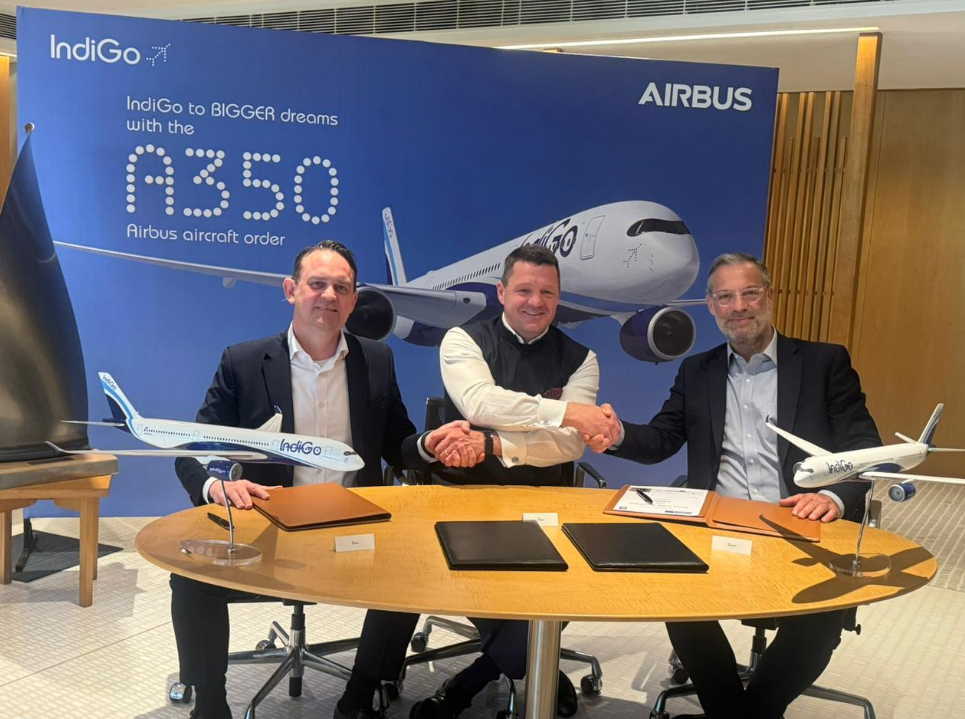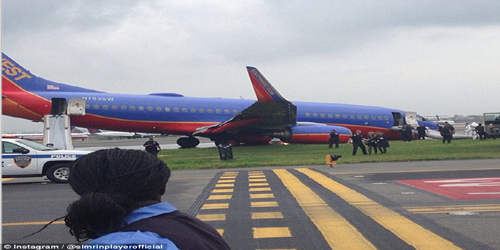A scant three days after a Southwest Airlines jet from Nashville to New York was involved in a landing accident at New York LaGuardia the U.S. National Transportation Safety Board says evidence indicates the nose-gear of the Boeing 737-700 may well have touched down first.
It’s not supposed to be that way. Tricycle-gear aircraft are supposed to land on their main gear, with the nose coming down after that.
In a prepared statement the NTSB says, “Evidence from video and other sources is consistent with the nose-gear making contact with the runway before the main landing gear.”
That nose-gear collapsed backwards, causing the 737 to skid to a halt some 19 seconds later, and prompting an evacuation of Flight 345. Revised figures indicate a handful of passengers and crew sustained minor injuries.
Key to the Safety Board’s factual findings is this bit of information: “at touchdown, the airspeed was approximately 133 knots and the aircraft was pitched down (AR’s added emphasis) approximately 3 degrees.” Four seconds prior to landing, at 32 feet above LaGuardia’s Runway 4, the NTSB says, “the airspeed was about 134 knots, and pitch attitude was about 2 degrees nose-up.”
Contacted by AirlineRatings.com, Beth Harbin, Southwest’s Senior Director of Communications, says the airline is cooperating fully with the Safety Board investigation of the accident.
More relevant evidence could come soon from Flight 345’s CVR. Friday July 26th a cockpit voice recorder group convenes at NNTSB laboratories in Washington, D.C. There they’ll “transcribe the relevant portion of the accident flight,” from that recording. The Safety Board says the recording itself is of “excellent quality.”
























